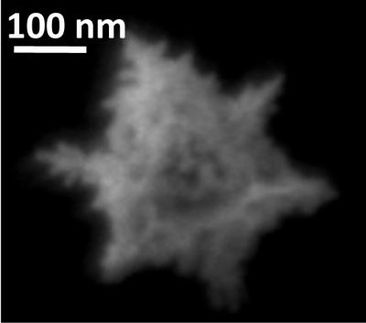Iowa State engineer develops laser technologies to analyze combustion, biofuels
Let's say a fuel derived from biomass produces too much soot when it's burned in a combustion chamber designed for fossil fuels. How can an engineer find the source of the problem? It originates, after all, in the flame zone of a highly turbulent combustion chamber. That's not exactly an easy place for an engineer to take measurements.
"It's fairly obvious when a combustor is not running well and producing a lot of soot and other pollutants," said Terry Meyer, an assistant professor of mechanical engineering at Iowa State University. "But then how do you solve that problem? To do that we can open up the black box and look inside the combustion chamber itself."
The tools that Meyer is developing to do that are highly sophisticated laser-based sensors that can capture images at thousands and even millions of frames per second. Those images record all kinds of data about what's happening in the flaming mix of fuel and air.
"The goal is to probe this harsh environment to provide the knowledge required to reduce pollutant emissions and enable the utilization of alternative fuels," Meyer said. By selecting lasers of different wavelengths, Meyer's combustion sensors can record where pollutants such as soot, nitric oxide and carbon monoxide are being formed. The sensors can also look for unburned fuel and capture data about fuel sprays, fuel-air mixing and energy release.
Meyer's lab is now working on a two-year project to develop and advance laser techniques that are expected to help engineers improve the combustion systems that move vehicles, produce power and heat buildings. An important goal of the project is to analyze and improve the performance of alternative fuels in modern combustion systems.
Most read news
Topics
Organizations

Get the analytics and lab tech industry in your inbox
By submitting this form you agree that LUMITOS AG will send you the newsletter(s) selected above by email. Your data will not be passed on to third parties. Your data will be stored and processed in accordance with our data protection regulations. LUMITOS may contact you by email for the purpose of advertising or market and opinion surveys. You can revoke your consent at any time without giving reasons to LUMITOS AG, Ernst-Augustin-Str. 2, 12489 Berlin, Germany or by e-mail at revoke@lumitos.com with effect for the future. In addition, each email contains a link to unsubscribe from the corresponding newsletter.























































